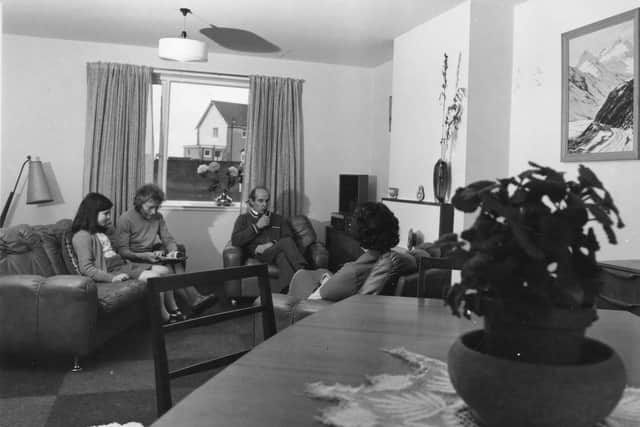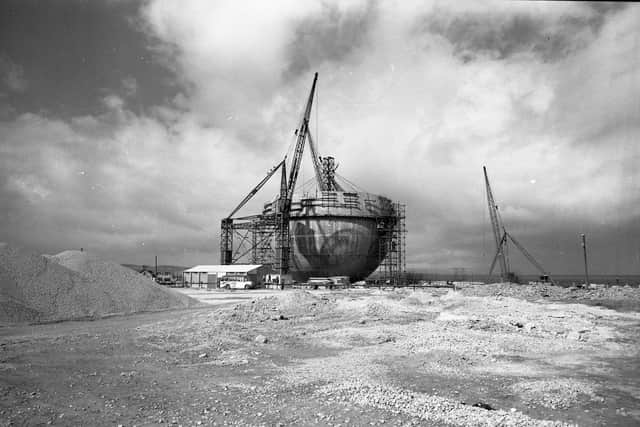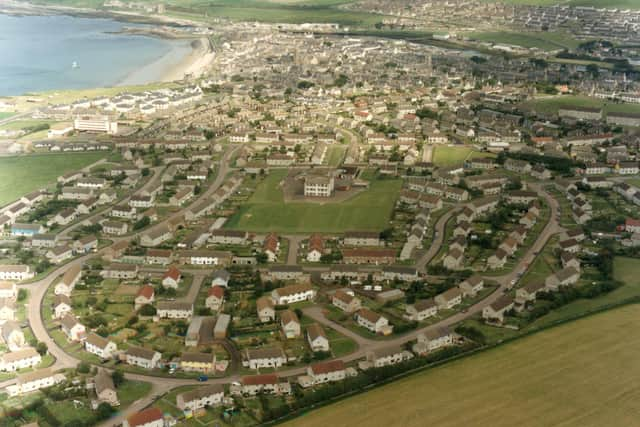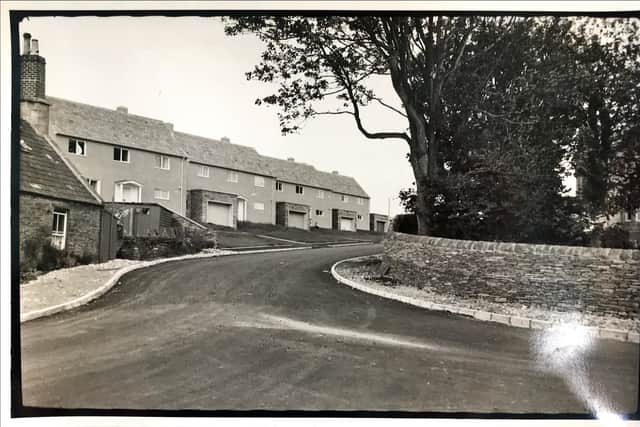Meet the 'Atomics': The new arrivals in a Scottish town that expanded at a nuclear rate
With the arrival of the Dounreay nuclear reactor, the town of Thurso tripled in size over just eight years, with the new homes built at a “feverish” pace.
Around 1,000 homes were constructed in four new areas of a town that originally grew around the needs of the traditional fishing and farming industries.
Advertisement
Hide AdAdvertisement
Hide AdThis rapid expansion around the creation of the fast breed reactor have been documented in an exhibition curated by Nucleus – the Nuclear and Caithness Archive.


‘Atomic Housing’ brings together industry photos, resident accounts and the handbook for the new arrivals who were drawn north, mainly from the south of England and the Central Belt, by the prospect of good wages and lower-price housing that was subsidised by the United Kingdom Atomic Energy Authority.
Jamie McCaffrey, trainee archivist at Nucleus, said: “ At that time, the drive from Inverness to Thurso still took five hours on single track roads. They must have felt like they were on an adventure to the end of the world.
"These new workers became known locally as the Atomics.


"The stories we have heard from those who moved here are amazing. I think it is fair to say that most people who moved here, stayed here and their families grew up here.
"One man I spoke to came here when he was 11 and still lives in one of the houses that was built to accommodate the new workforce.”
Mr McCaffrey said the nuclear authorities were keen for the workforce to integrate with the local population, and membership to the Dounreay social club was opened up to both employees at the reactor as well as the existing population of the town.
Mr McCaffrey added: “I don’t think that happened anywhere else, such as Sellafield, because it wasn’t deemed necessary. But the population of Thurso was changing so fast, that the authorities were very keen to have some integration.”


According to the exhibition, houses were allocated according to staff grade, with management taking the best quality houses. Streets containing a mix of of different types of housing were created to avoid enclaves in the vast new schemes.
Advertisement
Hide AdAdvertisement
Hide Ad"It was hoped this would encourage communities to evolve naturally,” the exhibition said.
Bachelors, it is understood, typically stayed in a hostel with the properties chiefly reserved for married couples and families.
The first phase of Thurso’s rapid expansion started in 1955, with 50 two-storey semi-detached timber houses built for the first cohort of Dounreay staff.


When the building programme ended in 1963, 1,007 houses had been constructed over four ‘atomic’ housing estates - Castlegreen, Ormlie, Pennyland and Mount Vernon.
The houses still stand today and are found in streets which allude to Caithness’s Norse heritage, from Thorfinn Terrace to Sigurd Road.
Every house came with its own manual, the Dounreay Householders Handbook, which contained information on how to keep the new home of this new age well maintained.
Atomic Housing can be viewed on the Highlife Highland website
A message from the Editor:Thank you for reading this article. We're more reliant on your support than ever as the shift in consumer habits brought about by Coronavirus impacts our advertisers.
If you haven't already, please consider supporting our trusted, fact-checked journalism by taking out a digital subscription.
Comments
Want to join the conversation? Please or to comment on this article.
